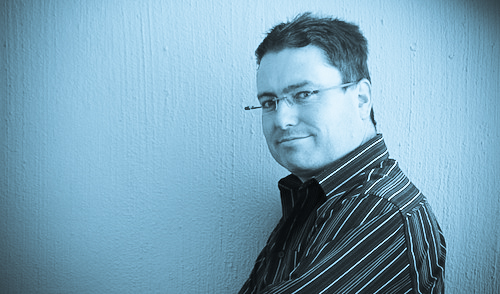
[By Duncan McLeod]
When African countries complete their migration from analogue to digital terrestrial television, they will free up a big chunk of valuable radio frequency spectrum that should, if managed properly, take wireless broadband to a much wider consumer audience.
For decades, broadcasters have used the spectrum around the 700MHz and 800MHz bands for UHF terrestrial television. But by mid-2015, they have agreed to stop using the spectrum, clearing the way for it to be reassigned to telecommunications operators.
It’s a significant development, one that could set off a race to build the next generation of mobile broadband networks capable of transmission speeds consumers can only dream of today, and delivered into areas where it’s been expensive to deploy these services before.
Southern African Development Community (SADC) nations and other African countries have agreed with the International Telecommunication Union, an agency of the United Nations, to switch off their analogue television broadcasts as part of a concerted global effort to free up the spectrum for broadband.
Following protracted debate and intense lobbying in 2010 over the digital television standard SA should adopt, the country finally stumped for the second generation of the European standard in December. Communications minister Roy Padayachie used the announcement to set a deadline of December 2013 for SA broadcasters to complete the migration to digital.
That date may slip, but it’s good to have a target for broadcasters to chase. In the meantime, SA’s policymakers need to engage with the Independent Communications Authority of SA (Icasa) to determine what the country will do with the spectrum that will be freed up. It will be unfortunate if the country waits until 2015 before deciding how to divvy up the spectrum. Indeed, it’s a discussion that should take place in SADC.
It’s crucial the region gets the allocation right. The spectrum, known as the “digital dividend”, could have a bigger impact on the delivery of broadband services in Africa than the allocation of the “third-generation” (3G) mobile spectrum.
Regulators, including Icasa, must decide whether the spectrum goes to new operators or to established incumbents with the proven capital and engineering resources to build networks. They must also decide whether to auction the spectrum to the highest bidders — this has inherent risks, including operators being saddled with high debts they must recover from consumers — or hold a “beauty contest” to find the most appropriate licensees.
The digital dividend spectrum has a couple of key advantages over the bands traditionally used by operators for wireless broadband. Because the frequency in question is much lower in the radio spectrum band, signals from base stations travel further and can penetrate deeper into buildings. That means better coverage and lower capital costs for operators.
This is good news for operators wanting to build broadband networks in outlying areas, where it has been financially difficult to justify building infrastructure at the 2,1GHz traditionally used by 3G providers.
Operators are likely to want to use the digital dividend to deploy the next generation of wireless broadband, probably employing a technology called long-term evolution (LTE).
This is particularly important in the context of Africa, where fixed-line networks are poorly developed — and often nonexistent. Most African consumers will experience broadband for the first time over mobile networks rather than fixed lines. The cheaper these networks can be deployed, the cheaper and more widespread access will be, allowing more people to afford to get online for the first time.
Even after the digital dividend spectrum is freed up, higher frequencies will continue to play a crucial role in wireless broadband, especially in dense urban areas. Operators will supplement their 3G coverage in the 2,1GHz band with additional bandwidth at 2,6GHz. In SA, spectrum at 2,6GHz will be auctioned later this year, and the mobile operators are expected to be keen participants in this process.
Lower down the spectrum band, operators have begun reallocating (“refarming”) portions of the 900MHz spectrum traditionally used for GSM voice services for 3G. Cell C has refarmed a portion of its spectrum for its new 3G network. And MTN is doing the same in some peri-urban areas to improve its 3G coverage.
In many respects, refarming 900MHz allows operators to enjoy today the benefits that will eventually accrue from the digital dividend spectrum. But it’s technically very complex to get right, especially for operators with a large number or GSM voice customers at 900MHz.
The fact that operators in SA and elsewhere in Africa are eyeing 900MHz for 3G shows that there is a strong demand for more bandwidth at relatively low frequencies.
Regulators and policy makers across Africa need to start applying their minds now to how they’re going to manage the digital dividend spectrum to ensure broadband is delivered optimally to a continent hungry for these services.
- Duncan McLeod is editor of TechCentral; this column was first published in MTN Business’s customer magazine, Di@logue
- Subscribe to our free daily newsletter
- Follow us on Twitter or on Facebook




